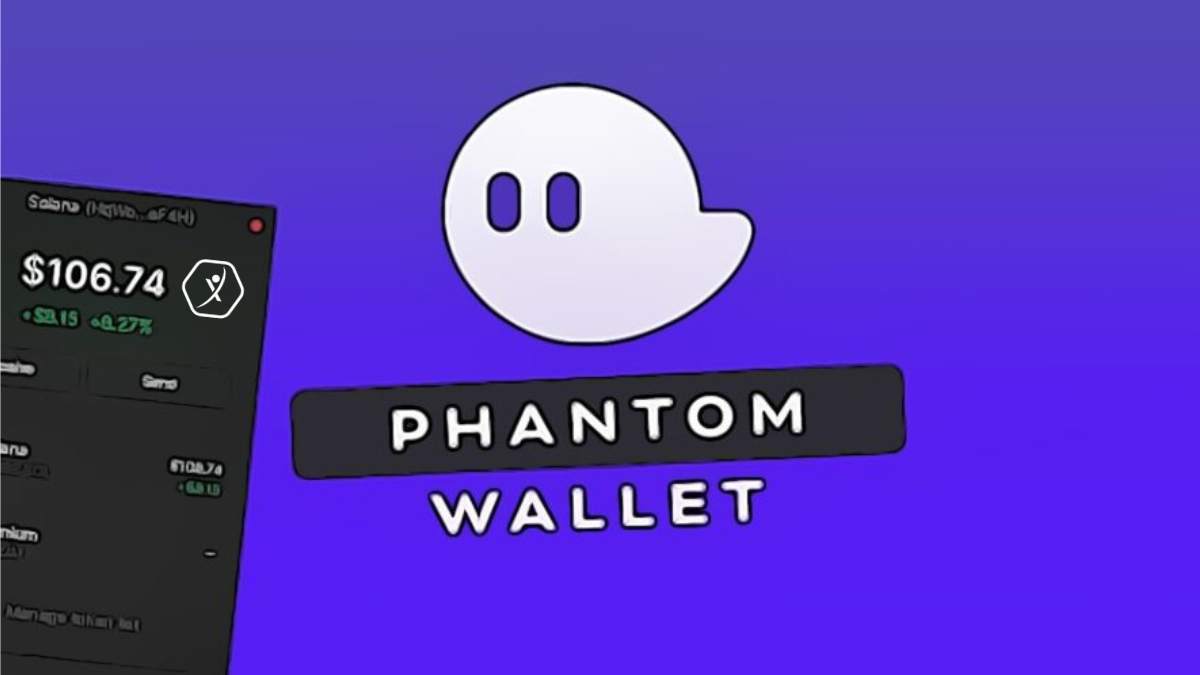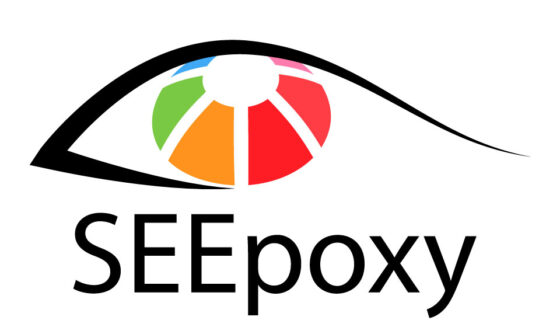Okay, so check this out—if you’ve been dabbling in the Solana ecosystem, you’ve probably heard the name phantom tossed around. At first glance, it just looks like another crypto wallet, but man, there’s more beneath the surface. The way it handles security, staking rewards, and SPL tokens feels kinda special, almost like the wallet was built with the Solana user’s quirks and needs in mind. Something felt off about other wallets I tried before, and my instinct said: “Give Phantom a real shot.”
Here’s the thing. Security isn’t just a checkbox anymore. With all the scams and phishing attempts floating around, you want a wallet that doesn’t just talk the talk but walks it. Phantom’s security measures aren’t flashy, but they’re solid. For example, it integrates seamlessly with hardware wallets, which is a huge plus. And the way they handle transaction approvals? Smooth and intuitive, but with enough safeguards so you don’t accidentally sign something weird. Really?
Yep. I’ve used Phantom for months now, juggling DeFi trades and NFT pickups, and I’ve never felt that “uh-oh” moment you sometimes get with other wallets. Initially, I thought any browser extension wallet would be risky, but then I realized Phantom’s approach to key management and permissions is much smarter than I expected. They also have a built-in phishing detector that warns you when you’re about to interact with suspicious sites. On one hand, no system is foolproof, though actually, Phantom feels like it’s a step ahead of many competitors here.
Medium-length sentence here to keep the flow.
Wow!
Let’s talk staking rewards since that’s what gets most Solana users excited. Phantom makes staking feel less like a chore and more like a passive income stream you actually want to check on. The interface breaks down your rewards cleanly, so you’re never guessing when your next payout hits. What bugs me about other wallets is how clunky their staking dashboards are—sometimes it’s like they don’t want you to stake at all. Phantom gets it. It’s all about user experience, and that has a real impact on how much you engage with your assets.
Here’s a longer thought: When you stake Solana (SOL) through Phantom, you’re not just locking up tokens blindly; the wallet actually helps you understand the validator selection process, payout schedules, and potential risks, which is surprisingly educational for a wallet. That transparency is rare—most places just want you to hit ‘stake’ and forget about it.
Something else I like is how Phantom handles SPL tokens. For those not in the know, SPL tokens are Solana’s version of Ethereum’s ERC-20 tokens, and they power a ton of projects in the ecosystem. Phantom automatically detects and displays your SPL tokens without you having to manually add them all the time, which is a small but very very important feature. No more digging around or fearing you missed some hidden gems in your wallet.
Hmm… okay, one personal quirk: I’m biased, but I really appreciate that Phantom supports NFT wallets natively. Since NFTs are huge on Solana, having a wallet that lets you view, send, and receive NFTs without juggling multiple apps is a comfort. And it’s not just a static image gallery; they show metadata, rarity traits, and even let you connect to Solana NFT marketplaces smoothly.

On the security front again, some folks worry about browser extensions in general—and that’s a fair concern. Phantom’s team has been proactive about open-sourcing parts of their code and engaging the community in audits, which gives me more peace of mind. Not everyone will do this, and it’s refreshing to see such transparency in the crypto space. But remember, no wallet is a silver bullet. You still gotta keep your seed phrase offline and stay alert for phishing attempts. Oh, and by the way, Phantom’s integration with hardware wallets means you can double down on security if you want—something not all wallets offer natively.
Initially I thought staking rewards were just basic interest payouts, but then I realized there’s a nuanced game around validator performance and fees that Phantom makes accessible. It’s almost like having a financial advisor sitting quietly in your browser, reminding you when to re-delegate or switch validators. That’s not something I expected from a simple wallet extension.
And the best part: Phantom keeps everything feeling native to Solana’s vibe while also being newbie-friendly. If you’re dipping toes into DeFi or just collecting NFTs, you won’t feel like you need a blockchain degree. The design is clean, the onboarding is smooth, and the feature set grows with you.
Seriously? Yeah. I’ve watched some friends try to jump into Solana with other wallets and get lost in the weeds, but Phantom’s ease of use keeps them from bailing early. It’s like the wallet meets users where they are, not where the developers think they should be.
Why Phantom Stands Out in the Sea of Wallets
There are plenty of wallets out there, but Phantom’s edge isn’t just about features—it’s about trust and community vibe. The team listens and rolls out updates that actually matter, like improving staking analytics or adding support for new SPL tokens swiftly. That responsiveness is rare and kinda comforting when you’re dealing with your hard-earned crypto.
Something I keep coming back to is how Phantom balances simplicity with depth. You can do quick swaps, stake SOL, or manage complex SPL portfolios all in one place. This flexibility is a real win because, frankly, switching wallets every time you want to do something different is a pain. Phantom nails that unity.
Okay, so check this out—if you’re serious about diving into Solana’s DeFi or NFT scene, Phantom isn’t just an option; it’s a serious tool that respects your time and security. My first impression was skepticism, but after spending some time with it, I’m leaning toward trusting it more than most wallets I’ve tried.
There’s still stuff I’m curious about, like how Phantom will handle upcoming Solana upgrades and whether its staking rewards interface will evolve as the ecosystem grows. But for now, it feels very much like my go-to hub for managing Solana’s unique assets.
Anyway, if you haven’t tried it yet, give phantom a whirl. It might just change how you think about crypto wallets—at least that’s been my experience.
